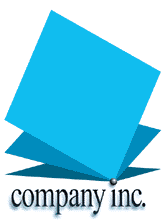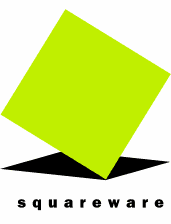Logo Design Revisited. Old logo reused
| Old logo reused |
|
I can't say my first reaction was a burst of inspiration. As I said, I wasn't really fond of that work, my only excuse (or is it an aggravation?) being that it was an illustration in an article, not a commercial design. But then I wondered if I could take from the old design what was worth reusing, and develop it further while eliminating its flaws. Of course, it wasn't that I took a sheet of paper and set to work itemizing the hits and misses of my old design (as they are itemized below). In fact, this happened to be one of my easiest projects ever, as the logo was created in a snap and immediately approved by the customer without any modifications. (There were several other logo variants that I presented, but I won't digress by describing them here.) It wasn't until I tried to consciously analyze the differences between the two logos (see Fig. 1) that I realized how really bad the old one was and why it was nevertheless possible to transform it into something decent. |


| Fig. 1: Two years after: A good idea for a logo is not enough for being able to implement it in an acceptable way |
Let us start, however, with positives rather than negatives by
figuring out what is common in two designs and why these features
proved worth preserving.
|

| Fig. 2: The two variants of the Squareware logo with different text sizes |
Revised: Nov. 10, 1998
URL: https://www.webreference.com/dlab/9811/reused.html


 Find a programming school near you
Find a programming school near you